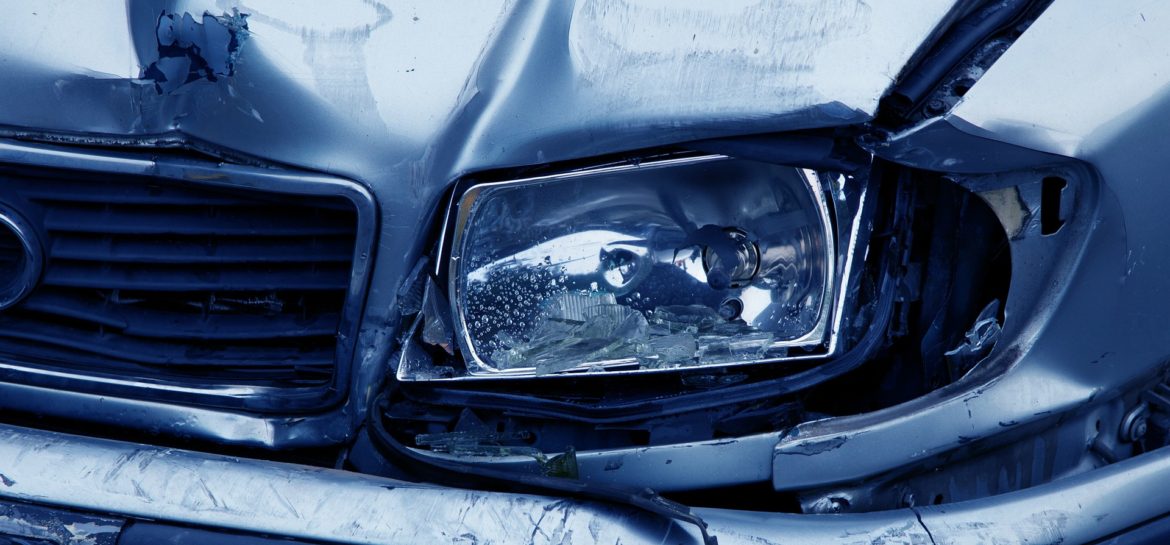
No matter how careful you are when you drive, you run the risk of being in a car accident any time you get behind the wheel. You need to be prepared for the worst to help first responders address your medical needs and protect your health, especially if you are confused or unconscious when they arrive at the scene. There are some steps all drivers should take to ensure you protect your health in the event of an accident.
1. Wear a Medical ID Bracelet if You Have a Medical Condition
When there is an emergency, you may not be able to alert medical professionals to your condition. One of the best ways to make your condition known is wearing a medical ID bracelet. Armed with the information about your medical history and conditions from your medical ID bracelets or medical alert jewelry, medical personnel are better prepared to save your life or treat your injuries when you have a car accident.
One doctor says medical ID bracelets are the difference between life and death: “This information helps decrease medication errors, reduce medical treatment errors, and helps health professionals diagnose the patient’s condition more quickly.”
It is recommended that people living with diabetes, allergies to drugs and foods and insects, asthma, epilepsy, heart disease or disorders, stroke risk, blood disorders, medical devices or implants, adrenal insufficiency, and disabilities such as cerebral palsy, spina bifida, hearing impairment, and developmental delays wear medical alert jewelry. It’s also important for people taking blood thinners to wear their medical ID bracelets.
Some people with medical conditions are hesitant to wear a medical alert ID because they fear that people will treat them differently or because they don’t think they are fashionable. Fortunately, medical ID bracelets have come a long way and now include gorgeous filigree work, gemstones, embellishments, and other details that make them stylish and inconspicuous. Medical alert IDs also are available for men who don’t want to wear the traditional silver bracelet, including paracord medical ID bracelets, dog tags, and keychains.
2. Save In Case of Emergency (ICE) Information to Your Smartphone
You also should protect your health in the event of a car accident by saving your medical ID and in case of emergency (ICE) information to your smartphone. For iPhone owners, you can use the Health app to set up your Medical ID. Be sure to include important emergency information such as allergies, medical conditions, and emergency contact numbers.
You can also set up your phone to allow emergency medical personnel to access your information even when your phone is locked by selecting to show the information when locked and making it available from your lock screen.
If you have a Samsung Galaxy, you can add medical notes to your lock screen in case of an emergency. Simply put your emergency medical information, like allergies, medical conditions, and medications, into your profile and save it. Then, first responders can access your medical notes by tapping the Emergency Call button.
3. Use a Yellow Dot Kit
Several states have signed on to the Yellow Dot Program since it was introduced in Connecticut in 2002. When you request a Yellow Dot Kit, you receive a form to fill out with vital medical information and your emergency contacts in addition to a yellow dot decal for your car.
After you complete the paperwork, place it in your glove box and adhere the decal to your rear window to signal to emergency medical personnel that the documents are in your car. If your state does not offer the Yellow Dot Program, you can participate in the National Volunteer Fire Council program.
In the future, self-driving cars will change how we get from place to place. We already have cars with brake assist, lane departure warnings, and other safety features that are making our roads and our commutes safer every day. Soon, self-driving cars could eliminate the risks we face each day when we get behind the wheel. Until then, take steps to protect your health and alert emergency medical personnel to your medical history, conditions, and medications.
Image via Pixabay
